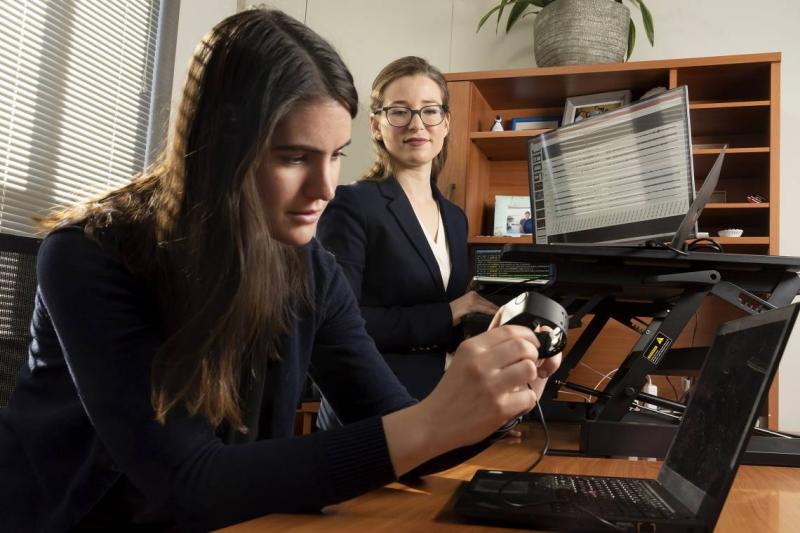
The United Nations has declared February 11 the sixth International Day of Women and Girls in Science. Presently, less than a third of scientists worldwide are women, and only about a third of women in college are pursing STEM fields. How many more great, female minds are out there who might help solve the world’s problems?
The School of Medicine celebrates path-breaking women scientists by sharing some highlights collected by Duke Today.
Debra Silver
 Genetic samples from developmentally disabled children have identified dozens of new mutations in the DDX3X gene that lead to smaller brains and intellectual disability because of the gene’s role in neuron genesis and transport. Credit: Silver Lab.
Genetic samples from developmentally disabled children have identified dozens of new mutations in the DDX3X gene that lead to smaller brains and intellectual disability because of the gene’s role in neuron genesis and transport. Credit: Silver Lab.Molecular geneticist Debra Silver obtained genetic samples from developmentally disabled children from around the world to see if there was some factor they had in common. Her search identified dozens of new mutations in a single gene that appears to be critical for brain development. The children had all experienced ‘de novo’ mutations of the gene DDX3X that happened during development, and were not inherited from their parents.
Fan Wang
 Neuron cells in the central amygdala of a mouse brain. Red, magenta and yellow cells (but not green or blue) are parts of a collection of neurons called the CeAga that has potent pain-suppression abilities. (Fan Wang Lab)
Neuron cells in the central amygdala of a mouse brain. Red, magenta and yellow cells (but not green or blue) are parts of a collection of neurons called the CeAga that has potent pain-suppression abilities. (Fan Wang Lab)Neurobiologist Fan Wang has spent her career tracing the wiring of the sensory nervous system. In 2020, that quest led her to a previously unknown center in the brain that may be the master controller of pain. Her team found they could turn pain on and off by controlling this small area of the amygdala.
Maria Schumacher
 Maria Schumacher, Structural biology of Francisella tularensis
Maria Schumacher, Structural biology of Francisella tularensisUsing a giant cryo-EM microscope at Duke, biochemist Maria Schumacher and colleagues rummaged through the toolbox an infectious bacterium called Francisella tularensis uses to infect more than 200 kinds of animals, including humans. They took pictures of all the parts in that infectivity kit, and know how they all fit together. Next step? Seeing how they can ruin a tool or two to prevent tick-borne Tularemia.
Jessilyn Dunn
 Jessilyn Dunn, Assortment of fitness trackers
Jessilyn Dunn, Assortment of fitness trackersTo test earlier studies that found smart watches and fitness trackers counted heart rates poorly if a person’s skin is darker, wearables expert Jessilyn Dunn of Duke Biomedical Engineering tested multiple devices against an EKG machine on the wrists of 53 volunteers. Software has been improved so that skin color wasn’t as much of an issue as expected, but a loose fit and activity levels, including typing, led to variability.